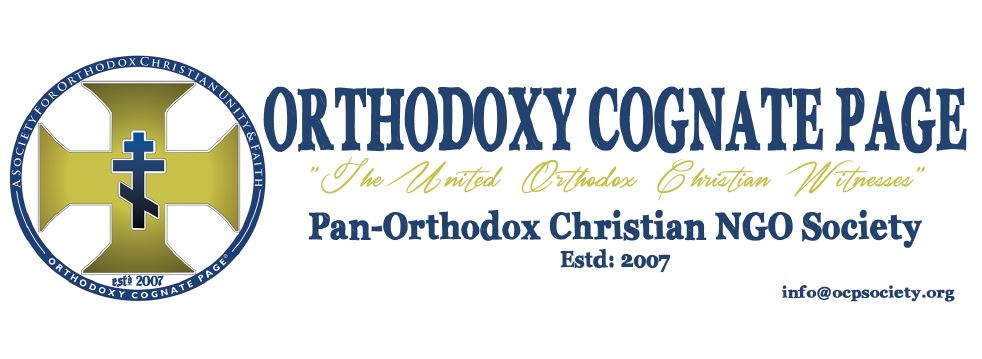Turkish Finance Minister pledges support for training of Syriac Clergy

Mardin and Diyarbakır Archbishop Saliba Özmen has met with FM Ahmet Davutoğlu in Mardin over the weekend. ‘The foreign minister has approached our needs positively. I am optimistic that we’ll resolve our problems together,’ Özmen tells the Daily News
Foreign Minister Ahmet Davutoğlu pledged to support Syriac efforts to cultivate religious leaders to help sustain their culture, religion and language during a meeting over the weekend with community leaders in Mardin.
The Mardin and Diyarbakır archbishop, contacted by the Hürriyet Daily News & Economic Review after his meeting with the foreign minister, said education remains the biggest problem facing the Syriac community in Turkey.
“We spoke with the minister. There is an overwhelming need to raise religious leaders with comprehensive knowledge of the language, culture and religion for the Syriac community and the Syriac churches,” Archbishop Saliba Özmen told the Daily News in a telephone interview Monday.
“The foreign minister has approached our needs positively. I am optimistic that we’ll resolve our problems together,” he said.
Mardin, known for its strategic location on a rocky mountain overlooking the plains of Syria, contains a mixed population of Turks, Kurds, Syriacs and Arabs, as well as a small Armenian community. While in the border city with a group of ambassadors, Davutoğlu described Mardin as “kadim,” which means the one with an eternal tradition.
One of Davutoğlu’s primary stops in Mardin was the 1,500-year-old Syriac Deyrülzafaran Monastery. The foreign minister toured the ancient building with the archbishop, who recounted the monastery’s history and informed Davutoğlu about the problems of the community, whose members have decreased over the years for several reasons.
“The first thing that comes to mind when Mardin is mentioned are the Syriacs. We have a 5,500-year-old history in this land, but we are on the verge of becoming extinct,” said Özmen. “Most of the churches, monasteries and villages had been evacuated or destroyed. In the past, there were many churches in the region extending from Diyarbakır to Silopi and Cizre in southeastern Anatolia, but now there are only six or seven active churches.”
The population of the Syriac community has declined from 200,000 to 3,000. Those remaining are densely concentrated in Mardin and the surrounding areas, including Midyat. According to Özmen, many have had to immigrate for economic, social and political reasons.
“Nobody was forced to leave their homeland without a compelling reason. There was a big flow to Syria throughout the late 1930s,” the archbishop said. “After the 1960s, Syriac immigration to Sweden and Germany, and even to the U.S. and Australia, began. In the late 1980s, there were security-related problems that left the Syriac community in a dilemma. Most of them had to leave their land.”
The Syriac church had a patriarchate in Turkey until the 1930s, when it had to move to Syria. The archbishops of all Syriac churches now meet in Damascus. The problem in the 1980s was related to terrorism and Turkey’s boosting of security measures in the southeast in its fight against the outlawed Kurdistan Workers’ Party, or PKK.
“But there have been good steps taken in recent times. We can practice our religion,” said Özmen. “What matters is keeping this deep-rooted heritage and culture alive. The problems can be easily overcome if we, as the citizens of Turkey, approach them with mutual goodwill. To my view, regardless of his religion, language and culture, everyone should enjoy broader liberties. This diversity is Turkey’s richness, which will take us to the true path.”
The Mor Gabriel Monastery, Mor Yakup Monastery, Virgin Mary Monastery and Mor Abraham Monastery are among the religious places in Mardin and its surrounding area. Mor means “saint” in the Syriac language.
Syriacs worshipped the sun before converting to Christianity.

430220 946150very very good post, i surely genuinely like this outstanding website, continue it 248458